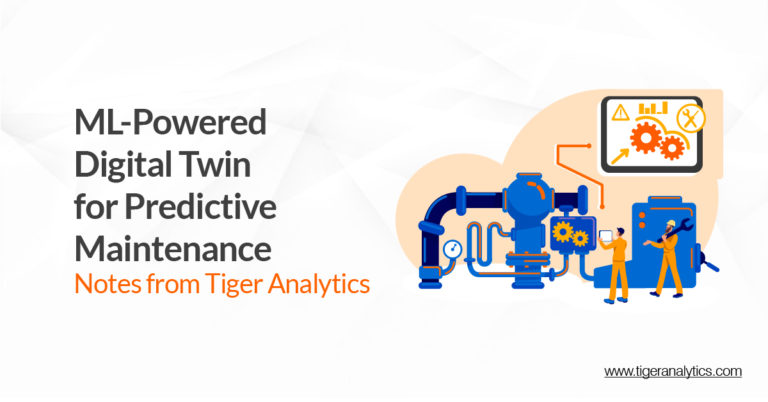Lack of accurate and timely yield estimation, which is the measurement of crop harvest in a sample of a given area, and crop risk data contribute actively to the looming agrarian crisis in the country. The conventional methods are dependent heavily on averaging and approximation, leading the way to poor estimation, incorrect representation, and inaccuracy of crop yield of a given region.
However, with a greater influx of technology, the landscape is changing. One such organisation is RMSI Cropalytics which is providing agri-tech solutions for obtaining detailed information and data on the Indian agriculture sector. It uses data analytics methods combining machine learning and advanced modelling techniques to provide viable solutions to government, crop insurers, agriculture input sector, commodity trading, and social sector. RMSI Cropalytics is a subsidiary of RMSI, a company founded in 1991 that provides geospatial and engineering services.
We caught up with Roli Jindal, the co-founder of RMSI Cropalytics to understand more about how analytics and AI-based solutions can help to reduce the agrarian crisis, more specifically through the route of better crop risk management, yield estimation, and weather forecasting.
Use Of AI/ML For Yield Estimation
“Traditionally, the crop yield estimation method involved selecting a few (up to 1000) sample fields in a district and physically measuring the average yield on a small patch in each of sample fields to declare the overall crop yield of the whole district. We realised that this random selection of sample and highly manual method of estimation is inaccurate and prone to errors. Not just this, the entire process of measurement, compilation and reporting takes a long time,” said Jindal.
As more institutionalised lands came into agriculture, there was a growing need for a structured, comprehensive and timely available crop field acreage data. This was a huge gap that needed to be filled. RMSI Cropalytics recognised this gap and devised technological methods and modules to counter these issues.
RMSI Cropalytics’ Signature Products
Speaking broadly, the company depends on satellite imagery for obtaining the field data. The images obtained are analysed using machine learning modules to differentiate between farmlands, grasslands, forests. “We feed actual crop measurement data from the ground in terms of ‘vegetative indices’ to these ML modules. This data, apart from classifying the satellite imagery, helps in the interpretation of the crop health. We train the machine to learn the correlation between yields and these vegetative indices. When we train your model, it is then able to extrapolate yields for the entire agricultural area, giving a more accurate estimation,” said Jindal.
One of RMSI Cropalytics’ major products is PinCer (Profiler for Insured Crop Exposure and Risk). It is a risk management tool for crop insurance to provide solutions for premium pricing, claims settlement and planning a reinsurance strategy. Following are some of its modules:
- A satellite-based solution to provide a real-time update of the crop progress, called In-Season Tracker. It uses field surveys, analytics, remote sensing, and Nat Cat (natural catastrophe) modelling.
- Policy Verification tool that helps insurance companies in the verification of crop insurance policies using large-scale automation and machine learning.
- The Yield and Acreage Outlook module generates estimates based on forecasted and actual weather conditions. This model uses a combination of AI, machine learning, along with meteorology and geospatial informatics to provide comprehensive pan-India data on crop yield and acreage estimation. It also helps in better understanding of potential agri-distress hotspots for early mitigation.
Apart from PinCer, RMSI Cropalytics also hosts another platform called PIER that provides business users with an overview of exposure, hazard, and business data for the entire country, using geospatial technologies.
Wrapping Up
Looking forward, Jindal says that the company aims to scale up and enter the international market as well. Speaking further on the future plans, she says, “We hope to increase the accuracy of our estimations further. It is good news that government agencies are increasingly making large datasets on Indian agriculture more public. This will help us in parameterising our systems more and in fact, aim for highly intelligent machines to carry out these functions with little or zero human intervention.”




















































































